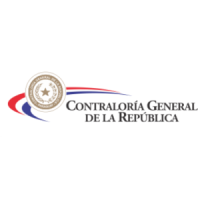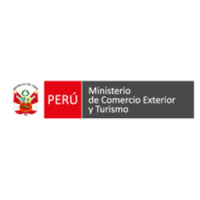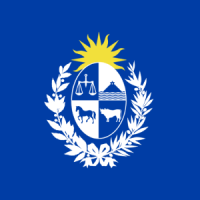Dirección General de Juegos y Sorteos (Mexico)
Dirección General de Juegos y Sorteos
The Federal Executive, through the Ministry of the Interior, is in charge of monitoring and controlling games with bets and draws in Mexico, as well as compliance with the Federal Law on Games and Draws and its Regulations.
The General Directorate of Games and Sweepstakes is the Administrative Unit of the Ministry of the Interior that deals with, processes and dispatches matters related to gambling; authorizes and issues permits; supervises and monitors compliance, in addition to applying sanctions for violations of the Law.
The Game in Mexico
To talk about the game in Mexico, we must go back to pre-Hispanic times, since it was a pastime that accompanied hunting and sports games such as the ball game. It is true that the game of cards and the fight of cocks are inherited from the Spanish, but in pre-Hispanic cultures other kinds of hobbies did exist.
It is recorded that in Mexico the first cockfight took place on Glory Saturday in 1519, after the celebration of the Glory mass, taking as its setting the beach that extends in Veracruz in front of San Juan de Ulúa and, half a century Later, in 1583, the first printing of cards in New Spain arose.
Subsequently, on August 7, 1770, it was announced that there would be a lottery in New Spain, under the name of the Real General Lottery of New Spain and whose Plan and Rules were published in a Royal Decree on September 19 of the same anus. Project approved by the King of Spain Carlos III.
The Royal General Lottery of New Spain held its first draw on May 13, 1771, and 10 years later, Viceroy Don Martín de Mayorga granted the first contribution to public charity, channeling it to the Hospice for the Poor.
During the Colony, numerous lotteries and raffles were held in convents, parishes and schools to finance some public works and cockfighting became one of the best distractions in society. Despite the claims of the ecclesiastical authorities and the fact that its activity was prohibited for several years, it was incorporated into the Renta de Naipes and its activity was regulated and independent Mexico was installed.
In the 20th century, casino activity began to spread. In Mexico, taking advantage of the Prohibition Law in the United States (1920-1933), during the government of General Álvaro Obregón, General Plutarco Elías Calles, Secretary of War and the Navy, supported its establishment, which led to the flourishing of canteens, racetracks and gaming houses in the border states, particularly in the municipalities of Mexicali and Tijuana in Baja California and Ciudad Juárez in Chihuahua.
On June 24, 1938, President Lázaro Cárdenas decreed the abolition of casinos and years later, on March 6, 1943, President Manuel Ávila Camacho inaugurated the Hipódromo de las Américas. In 1947, President Miguel Alemán Valdés promulgated the Federal Law on Games and Sweepstakes, which gave the Ministry of the Interior the power to regulate, authorize and control the games allowed by the Law itself that involve bets. Finally, in 1955 the first permit in Mexico for gambling with bets was granted to the company Espectáculos Deportivos Frontón México.















